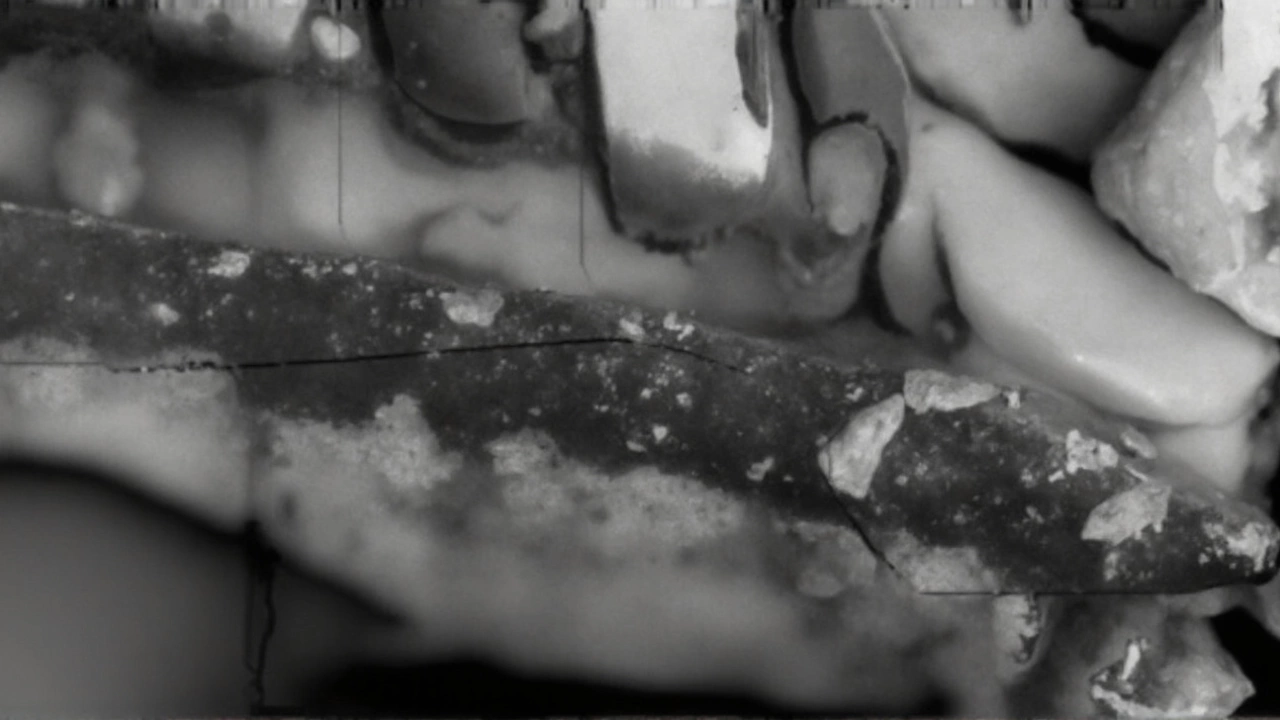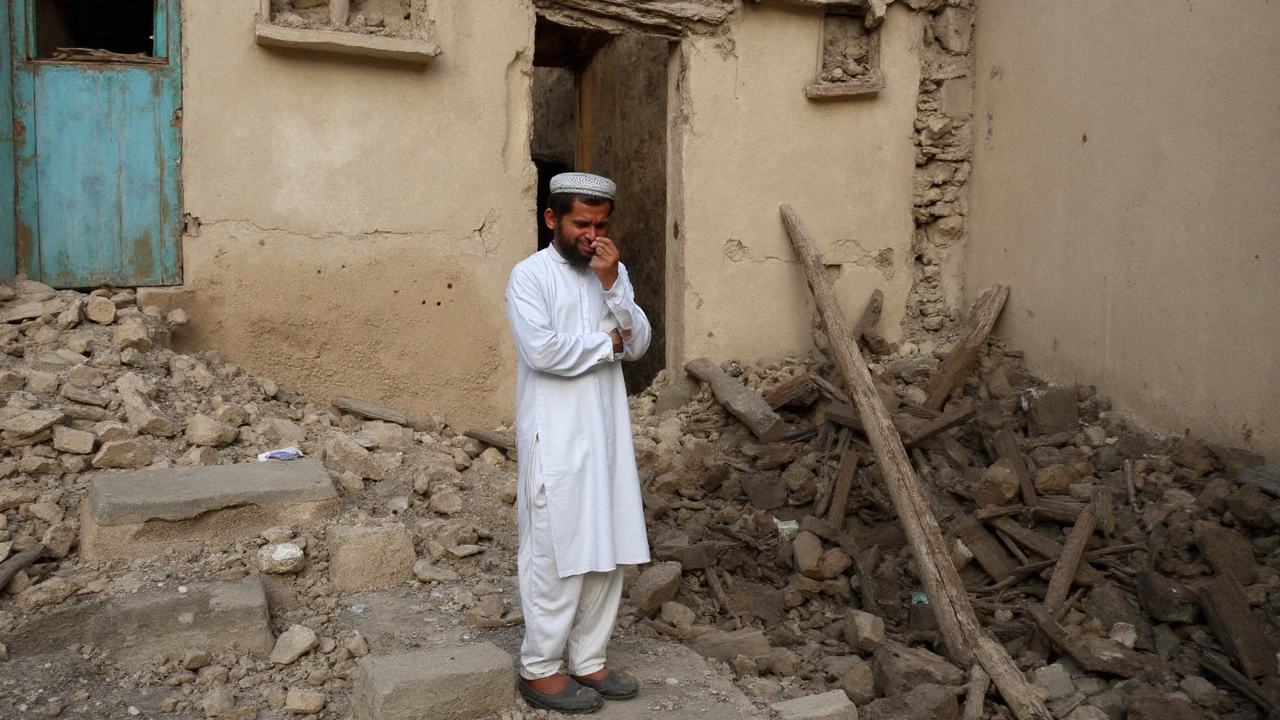The quake that shattered Kunar
At the stroke of midnight on August 31, the ground in eastern Afghanistan gave way. A 6.0‑magnitude tremor rattled Kunar Province, a rugged stretch along the Pakistan border, and the aftermath was nothing short of catastrophic. Even though the magnitude was moderate by global standards, the death toll soon topped 3,500 – a grim record that reflects more than just the shaking.
Most villages in the hit zone are built from mud bricks and loosely fitted stone. Those structures, erected without any engineering oversight, turned into dust clouds the second the earth moved. UN‑linked scientists from the United Nations University Institute for Water, Environment and Health (UNU‑INWEH) tallied roughly 13,000 homes either partially damaged or completely collapsed within a 50‑kilometre radius. In a handful of hamlets, as much as 90 % of the houses were reduced to rubble.
The terrain made rescue work a nightmare. Steep, forested hillsides forced volunteers to trek on foot for hours, often carrying supplies on backs while dodging loose rock. Once‑in‑a‑while, a landslide would block mountain paths, trapping families in isolated pockets. Adding insult to injury, heavy rains the weekend after the quake triggered flash floods that swept away bridges, claimed at least five more lives, and turned already‑muddy roads into impassable rivers of sludge.

Relief amid sanctions and scarcity
Taliban spokesman Zabihullah Mujahid was quick to announce a response: the defense forces were mobilised, and a special committee, led by Rural Rehabilitation Minister Mohammad Younus Akhundzada, was set up to coordinate aid. The government earmarked 100 million afghanis – roughly $1.5 million – for the effort. On the ground, that money bought more than 5,000 tents, a handful of temporary classrooms, and emergency food parcels.
But money alone couldn’t solve the logistical puzzle. International sanctions, imposed after the Taliban seized power in 2021, have choked the flow of foreign currency, blocked Afghan aircraft abroad, and prevented expatriate Afghans from sending funds directly to relief agencies. Deputy Prime Minister Abdul Ghani Baradar travelled to Kunar on September 12, urging the United Nations and individual governments to lift the sanctions, arguing that “no one can rebuild when the tools are locked away.”
Humanitarian organisations are feeling the squeeze. UN Women’s special representative, Susan Ferguson, warned that the quake has turned the lives of women and girls into a “long‑term disaster.” Female rescue workers described scrambling up cliffs with only basic gear, constantly fearing after‑shocks that could dislodge fresh rocks. Because women are not allowed to interact freely with male officials, many of their needs – from sanitary supplies to safe shelter – slip through the cracks.
- Immediate actions: tents, food rations, medical kits deployed to 12 satellite camps.
- Education continuity: 72 temporary classrooms opened to keep children away from makeshift shelters.
- Health response: mobile clinics staffed by Taliban medics and a few international volunteers, treating over 4,000 injuries.
- Infrastructure repair: local crews sent to restore three key bridges, though many remain out of service.
While the Taliban’s rapid deployment of forces and volunteers has saved lives, experts say the response is hampered by years of war‑driven neglect. Decades of conflict left the country with a skeletal health system, few engineers, and an outdated building code that never took seismic risk into account. The result? Hundreds of families now live in makeshift shelters that are as vulnerable to the next quake as they were to the last.
International donors have signalled a reluctance to fund large‑scale reconstruction until the Taliban demonstrate compliance with human‑rights norms, especially regarding women’s participation. Meanwhile, UN scientists stress that Afghanistan sits on a fault line that will generate more tremors. Without significant investment in retrofitting homes, training local builders, and establishing early‑warning networks, the cycle of devastation is set to repeat.
In Kunar’s valleys, the echo of the quake still reverberates. Families gather around fire‑light, sharing stories of loss while trying to piece together a future from shattered walls. Volunteers continue to trek narrow paths, delivering water and medicines to villages that remain cut off by washed‑out roads. The humanitarian community watches closely, aware that the next disaster could arrive at any moment – and that a world still largely shut off from Afghanistan may be the biggest obstacle to recovery.
